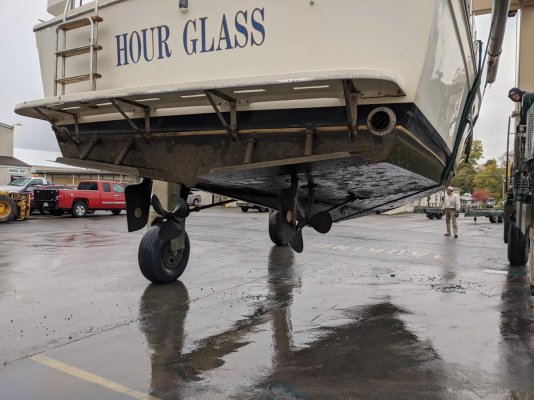kendad
Member
My keel was damaged during a winter layover and the hauler is not taking responsibility. I’m trying to find any info about how it is to be done correctly for my attorney. Any help is appreciated, vessel has been blocked for 18 years by previous owner with no issues. My hauler says faulty glass which has been disproved. Too much weight on block during lowering is what’s suspected . Again any help appreciated.

